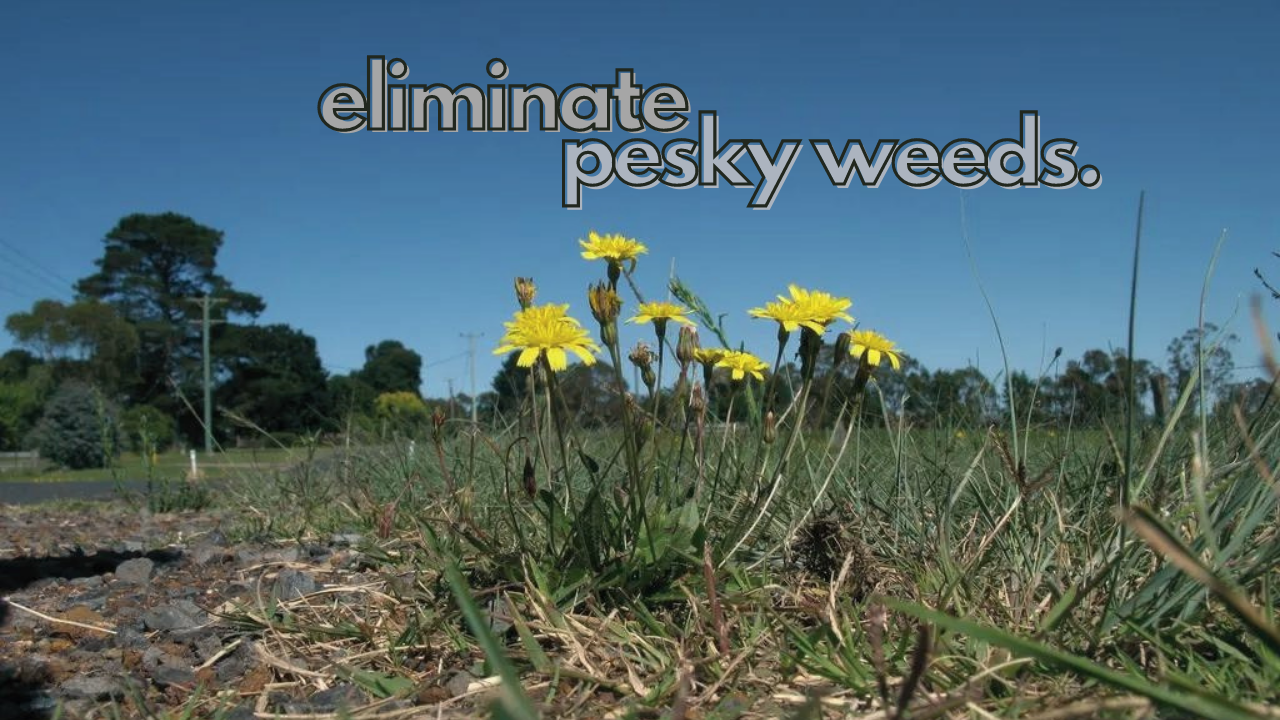St. Augustine grass is a favorite choice by many homeowners, given its thickness and lower vulnerability to weed growth.
It is also easy on the feet– so it's no wonder why it's increasingly common in many residential areas today.
And while St. Augustine grass is considered by many to be relatively low maintenance, it requires routine upkeep to ensure it remains in its prime. Here's an expert-backed care guide to ensure your St. Augustine grass looks its best.
The Basics of St. Augustine Grass Care
To achieve a healthy St. Augustine grass lawn, this will need a little bit of elbow grease on your end. Mowing, proper irrigation, and fertilization are the most crucial work involved.
1. Mow Properly
Compared to other grass types, St. Augustine grass requires less regular mowing. You may use your lawnmower once every two weeks to keep a lawn that's 3 to 4 inches tall. This height will help your shade-tolerant turf to grow its roots properly.
If you want a natural fertilizer, you may also leave the clippings on the lawn during the warm months (instead of bagging them). This provides the landscape with ample nutrients and prevents weed growth.
Keeps your St. Augustine grass healthy
Regularly trimming your St. Augustine grass is more than just maintaining its aesthetics. If anything, it also helps keep the grass healthy. Ideally, start mowing at the beginning of spring, as this is when the temperature gets warmer, and plants emerge from their dormant stage.
Important Factors
In determining how often you need to trim your St. Augustine grass, consider crucial factors such as the amount of rainfall in your area, sun exposure, and the average temperature.
If you live in warm climate regions such as California and southern Florida, you may need to mow from March to September. Once the temperatures drop and the lawn enters dormancy, you can take it as a sign to temporarily stop mowing the lawn. Resume your regular lawn mowing activities around the springtime.
2. Ward off any Pests
The thing with St. Augustine grass is that it tends to attract different insect pests– chinch bugs, mole crickets, webworms, and white grubs.
There's only so much you can do with preventative pest control measures. In some cases, you may have no choice but to use commercial pesticides and insecticides to eliminate thriving pests in the grass.
Important Note: Use a broad-spectrum insecticide to protect your St. Augustine grass from spring insects. It's also effective in controlling existing spring insects thriving in the grass.
To deal with severe white grub infestation, apply a systemic insecticide such as the Dylox 6.2 Granular Insecticide or Scotts GrubEx for best results.
3. Prevent the Growth of Fungus
Besides pesky pests, fungi may also be another common problem with St. Augustine grass lawns. You may need to apply systemic fungicide to prevent harmful fungus from causing your yard many relevant diseases.
Usually, outbreaks of diseases are prevalent when the St. Augustine grass turns green. It's common to see gray leaf spots on your grass (a common fungal infection). Skip the fertilizer application until you've applied systemic fungicide, or at least until you ensure your lawn has recovered somehow.
For preventative measures, ensure to maintain the lawn by following regular fertilization and watering regularly. Once you notice the appearance of related fungal diseases, apply fungicide as soon as possible to control the spread.
4. Get rid of Pesky Weeds

As St. Augustine is coarse and thick, this grass type tends to crowd out common lawn weeds. However, it's still imperative to act at once in eradicating any thriving weeds as soon as you spot them on your lawn. Common lawn weeds include the likes of crabgrass and fescue.
If there are only a few visible weeds, you may opt to pluck them out by hand (if there are only a few visible weeds) or apply herbicide to deal with a more severe infestation. This allows you to specifically target the pesky weeds while protecting the rest of the healthy lawn from damage.
5. Fertilize Properly
Unfortunately, several soils in the country lack the essential nutrients that St. Augustine grass needs to prosper and thrive. You may need to apply fertilizer as part of your routine lawn maintenance activities.
Important Note: Test your lawn soil's pH and nutrients to properly determine the adjustments that can help ensure the proper growth of your St. Augustine grass.
Experts suggest waiting until the season's final frost before applying fertilizer, as an early application may only harm the plants. After the initial application, re-apply every after eight weeks.
One lb. of soluble nitrogen is enough to cover 1,000 square feet of grass for typical St. Augustine lawns. Once the summer months roll in, you may want to switch to a liquid or granular iron fertilizer to avoid iron chlorosis– which refers to an iron deficiency that turns the leaves of your St. Augustine grass yellow.
6. Do not Overwater
St. Augustine grass needs watering of about 1 inch of water per week (either from rainfall or irrigation). Any granular fertilizer or control product application requires you to water it in.
Avoid overwatering, as it may only lead to a potential disease outbreak. If you're unsure, you may want to consult a local expert to do an irrigation audit/assessment to determine the amount of water delivered to the different lawn areas.
Additional Tips on How to Properly Water your St. Augustine Grass
While St. Augustine grass has numerous benefits, it does need regular maintenance. The weather will primarily determine your watering schedule in the spring. St. Augustine grass only has to be watered once every five to ten days.
Water must penetrate six inches into the soil for the healthiest grass. Because St. Augustine is a resilient plant, you may keep an eye on it in the spring and water it if it shows signs of drought stress.
Keep an eye on your grass throughout the summer and water it as necessary. Warmer weather will require more regular watering of the lawn, which will be no surprise. In the morning, set on your sprinklers. Evaporation rates are too high if you water during the day's hottest hours, and your grass won't receive the moisture it needs.
Many municipalities have restrictions to prevent water waste, such as limiting watering to specified periods. You may notice the development of fungus or mildew if you water in the evening since there isn't enough sunlight to evaporate excess water from your plants.
Even though your St. Augustine grass becomes dormant in winter, you still need to water it on warm, windy, and dry days.
Conclusion
Once you determine the proper care for St. Augustine grass– you can count on a lush, picture-perfect green lawn all year round (or most of the year, in some cases).
Fortunately, this type of grass has relatively easy upkeep, as long as you keep an eye out for their growth. If you don't want to worry about the necessary regular maintenance activities, you may want to contact a local professional and leave the pros to do the job for you!
(Related: 5 Types Of St. Augustine Grass Every Homeowner Should Know About (and What to Avoid))
Frequently Asked Questions
What are the different Types of St. Augustine Grass?
St. Augustine grass comes in a variety of types. Here are several examples:
What are some other benefits of St. Augustine Grass?
It is effective at crowding out weeds because it forms dense mats. It creates a thick, carpet-like layer that outperforms weeds and other grasses.
Is there a downside to growing St. Augustine Grass?
Yes. It isn't as resistant to foot traffic compared to some warm-season grasses.

